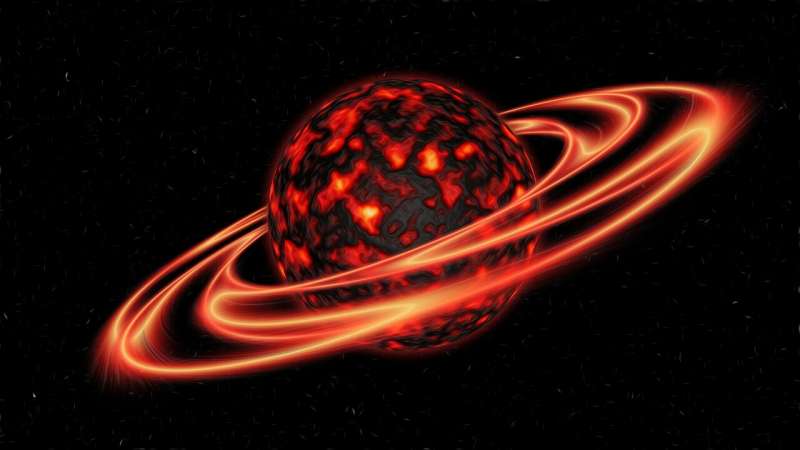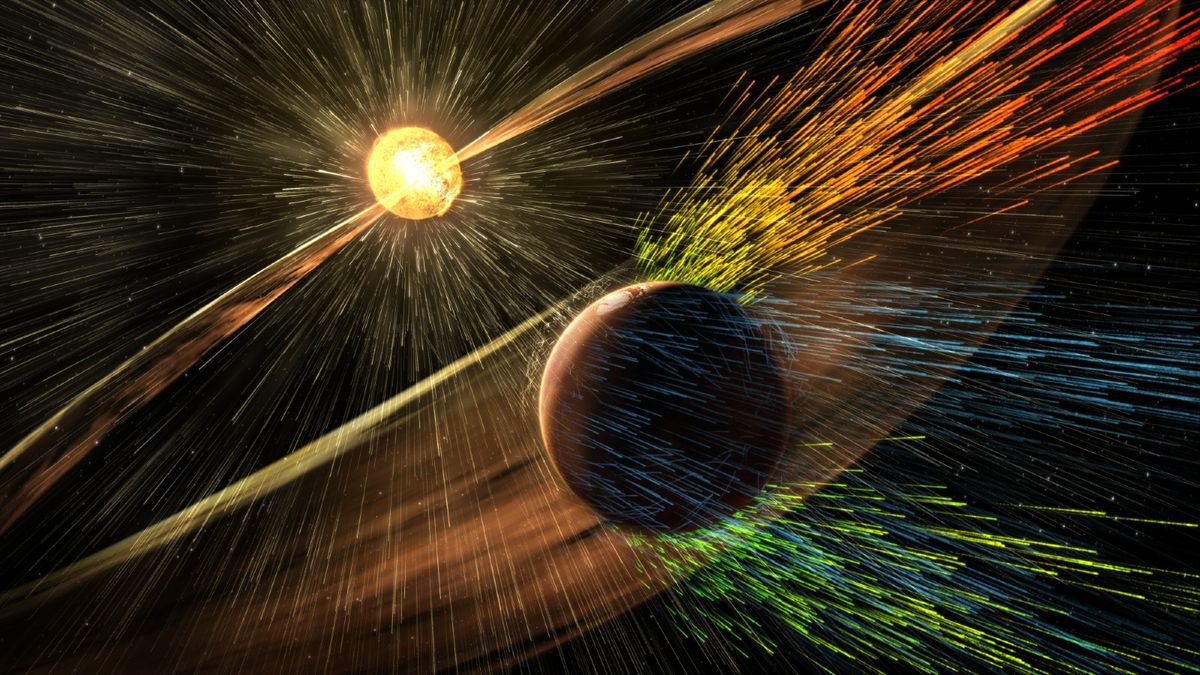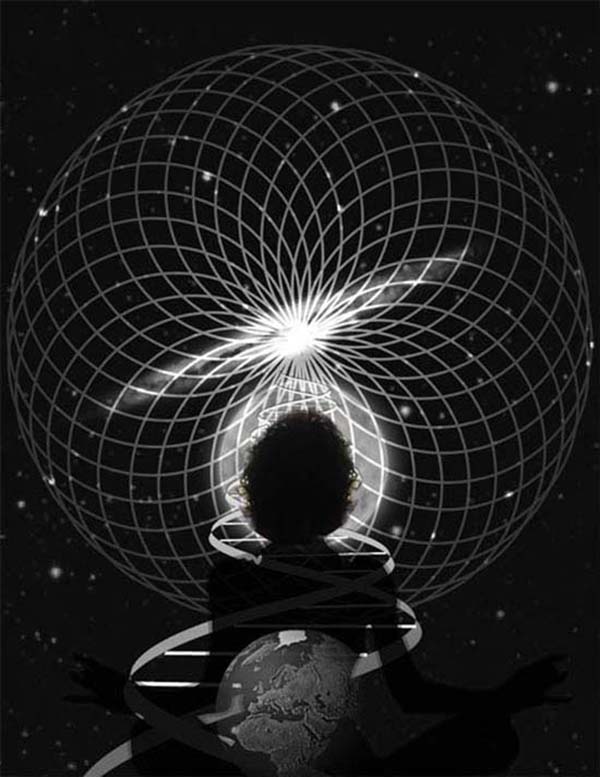
Check Solar Storm updates on Spaceweather.com

A solar cycle, or solar magnetic activity cycle, is a periodic change in the amount of irradiation from the Sun that is experienced on Earth. It has a period of about 11 years, and is one component of solar variation, the other being aperiodic fluctuations. Solar variation causes changes in space weather and to some degree weather and climate on Earth. The cycle is observed by counting the frequency and placement of sunspots visible on the Sun. Powered by a hydromagnetic dynamo process, driven by the inductive action of internal solar flows, the solar cycle ... Read more
Solar maximum or solar max is the period of greatest solar activity in the solar cycle of the sun. During solar maxima, large numbers of sunspots appear. A solar maximum is the period when the sun's magnetic field lines are the most distorted due to the magnetic field on the solar equator rotating at a slightly faster pace than at the solar poles. The solar cycle takes an average of about 11 years to go from one solar maximum to the next, with an observed variation in duration of 9 to 14 years for any given solar cycle. Read more...
Ongoing coronal mass ejections (CMEs) disrupt communications, radio and satellite operations, the electric power grid, navigation, global weather patterns, and the behavior patterns of sentient life forms. They also can create spectacular auroras
X5.1 solar flare produces strongest GLE in 20 years, sharply increasing radiation at flight altitudes Watchers - November 19, 2025
UK researchers report that radiation levels at commercial flight altitudes reached their highest values in 20 years following the X5-class solar flare on November 11, 2025, with the resulting Ground Level Enhancement driving single-event upset rates in avionics not seen since 2006.
After 70 years, the Sun's explosive mystery is finally solved about the process that releases stored magnetic energy to drive solar flares, coronal mass ejections and other space weather phenomena Science Daily - August 20, 2025

NASA's Parker Solar Probe has directly observed magnetic reconnection in the Sun's atmosphere for the first time, confirming decades-old theories about solar explosions.
Mysterious Radiation Belts Detected Around Earth After Epic Solar Storm Science Alert - February 7, 2025

In May 2024, an epic solar storm rattled Earth so powerfully that its effects were felt even at the bottom of the ocean. In the wake of a torrent of flare activity on the Sun, our planet was buffeted by a powerful blast of solar particles that shook our magnetic field, and bathed our skies with a panoply of shimmering colors as auroras reached far lower latitudes than usual. In the months following the storm, Earth was girded by two new, temporary radiation belts of high-energy particles, trapped by the planet's magnetic field. While we've seen this phenomenon before - following powerful geomagnetic storms - the solar storm of May 2024 delivered something we had never detected: energetic protons in one of the new belts.

Along with climate change and natural disasters - another End Time event is Solar Cycle 25 - (December 2019-2030 - Solar Max peaking around 2025).
Study predicts two extreme solar flares stronger than X14.3 during Solar Cycle 25 after spring 2027 Watchers - April 24, 2025

NASA predicts that a large solar flare will likely impact Earth sometime in 2025, as the sun is entering a more active phase. This increased solar activity can lead to solar storms that can disrupt communication, power grids, and other technologies, reports from NASA. While the exact timing and intensity of these events are difficult to predict, experts are preparing for potential impacts. Is our universe the ultimate computer?
Earth is shielded from the most harmful radiation from solar flares by its atmosphere and magnetic field, so there is no direct physical harm to humans on the ground. C-class and smaller flares are too weak to noticeably affect Earth. M-class flares can cause brief radio blackouts at the poles and minor radiation storms that might endanger astronauts. And then come the X-class flares.
Sunspots surge to 23-year high as solar maximum continues to intensify far beyond initial expectations Live Science - September 6, 2024
May's Huge Geomagnetic Storm Created A Previously Unseen Vortex In Earth's Atmosphere IFL Science - August 19, 2024
Sun launches strongest solar flare of current cycle in monster X8.7-class eruption Live Science - May 14, 2024
The powerful solar storm driving the aurora borealis over global skies last weekend was also triggering the movement of compasses deep in the ocean PhysOrg - May 15, 2024
May 10, 2024 Solar Storms - A series of powerful solar storms with extreme solar flare and geomagnetic storm components occurred during solar cycle 25. This is the first G5-level storm since October 2003. They created dazzling auroras - known as the northern lights (aurora borealis) and southern lights (aurora australis) - in both northern and southern hemispheres across the world. When the energized particles reach Earth's magnetic field, they interact with gases in the atmosphere to light up the sky in different colors.

Auroras light the sky during rare solar storm
CNN - May 12, 2024
Aurora australis, or the southern lights, glow over Villarrica volcano in Pucon, Chile
Above the volcano is a lenticular cloud


May 11, 2024 - Giant sunspot AR3664 unleashed another X-flare its strongest yet.



One of the largest magnetic storms in history quantified: Aurorae from the tropics to the polar regions PhysOrg - December 1, 2023
Video: Powerful solar storm knocks out radio transmissions across North America Space.com - August 8, 2023
The Sun Just Unleashed a Huge Solar Flare, Triggers Radio Blackout in US Science Alert - July 4, 2023
Could a powerful solar storm wipe out the internet?
Live Science - July 4, 2023
Rare streaks of light above US are a sign that solar maximum is fast approaching Live Science - June 30, 2023
Solar maximum could hit us harder and sooner than we though Live Science - June 28, 2023
10 signs the sun is gearing up for its explosive peak - the solar maximum Live Science - June 28, 2023
See the 'monster' sunspot that launched the Carrington Event,
the most devastating solar storm in recorded history Live Science - June 28, 2023
Reality is a consciousness simulation set in linear time for experience. It is created by algorithms and codes.
On the edge of time there is a "Knowing" that speaks to each of us about the greater purpose of this reality, where it is all going, and one's place in it. Answers are revealed from the truth about humanity's origin story, extraterrestrials, and bloodlines - to understanding the nature and purpose of the simulation.

2009 featured the science fiction film Knowing. Tag line: A professor (Nicolas Cage) deciphers a mysterious code foretelling apocalyptic events based on Solar Cycles as some people identify Coronal Mass Ejections (CMEs) as harbingers of End Times. Encoded messages hidden in a time capsule take his character on a quest to find answers as synchronicities unfold at every turn.
"Knowing" had many relatable scenes for me especially at the end when the children, Caleb and Abby, leave with entities of light before a CME destroys Earth. The children find themselves on an Earth-like planet. They run towards a large tree of light in the middle of a field while other space ships land nearby.

In 2023 Solar Cycle 25 began accelerating exponentially while taking me back to the film 'Knowing'.
All I could think is We are so close. It's for you to know and remember. It will help you make sense of reality.

Simulation Theory